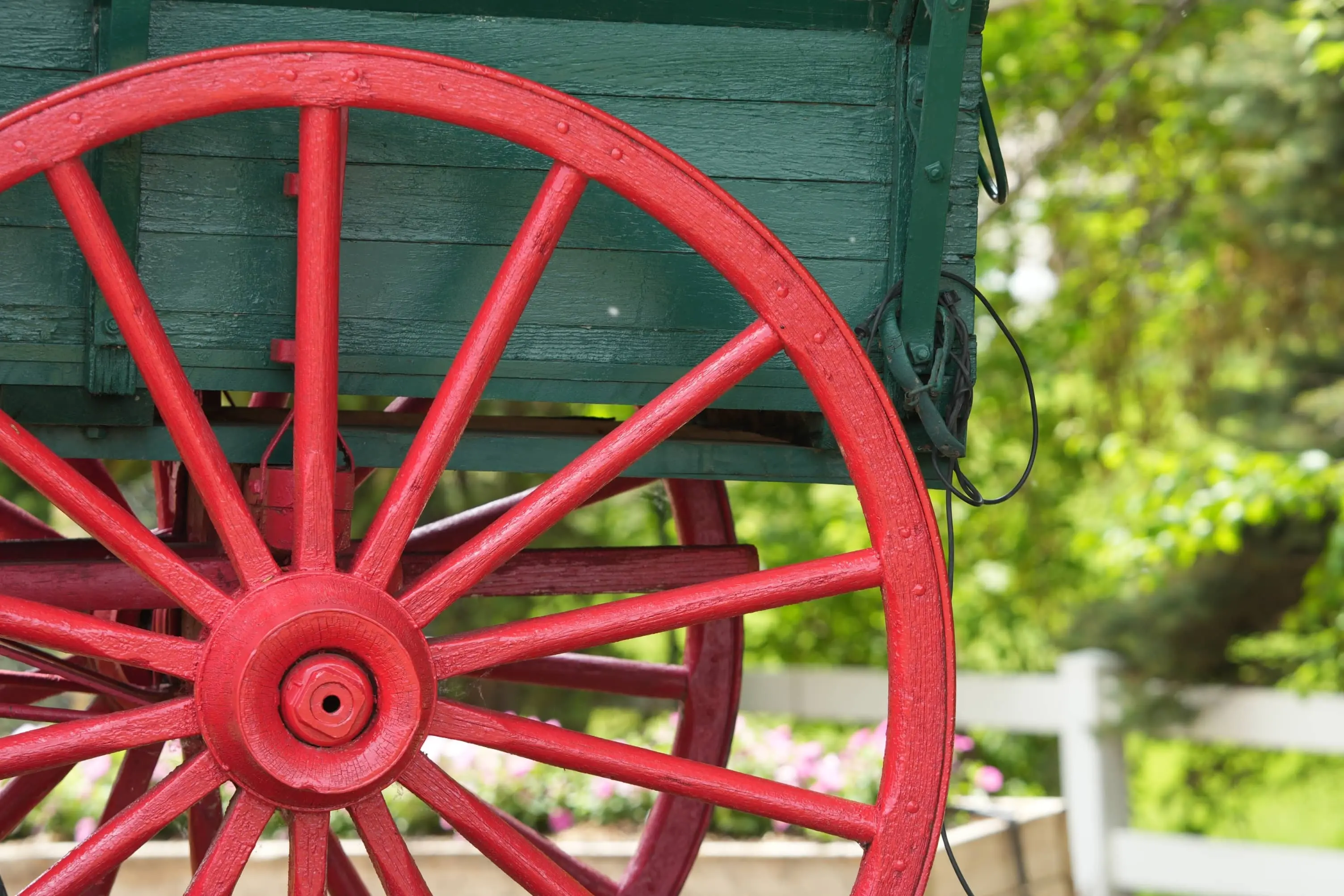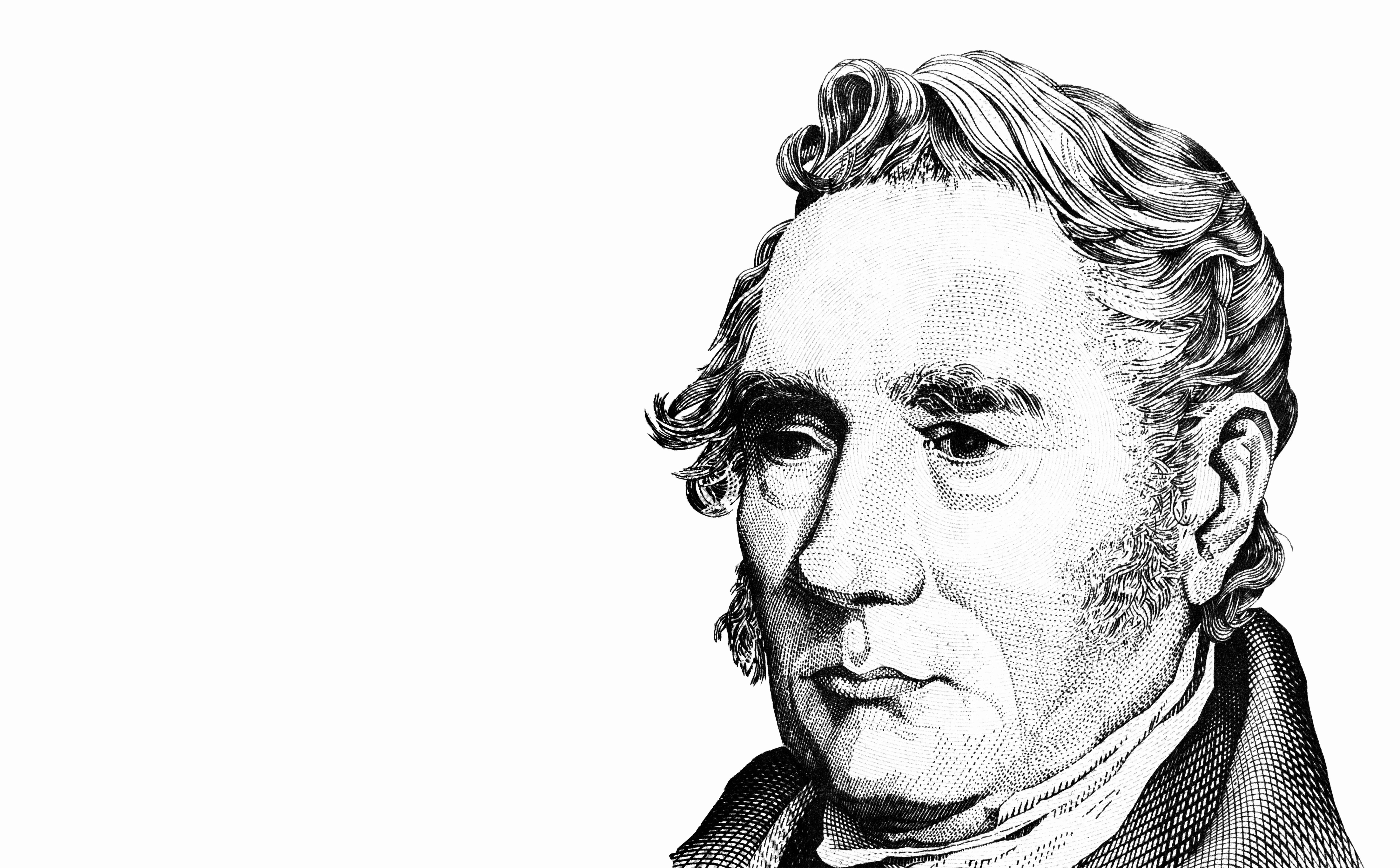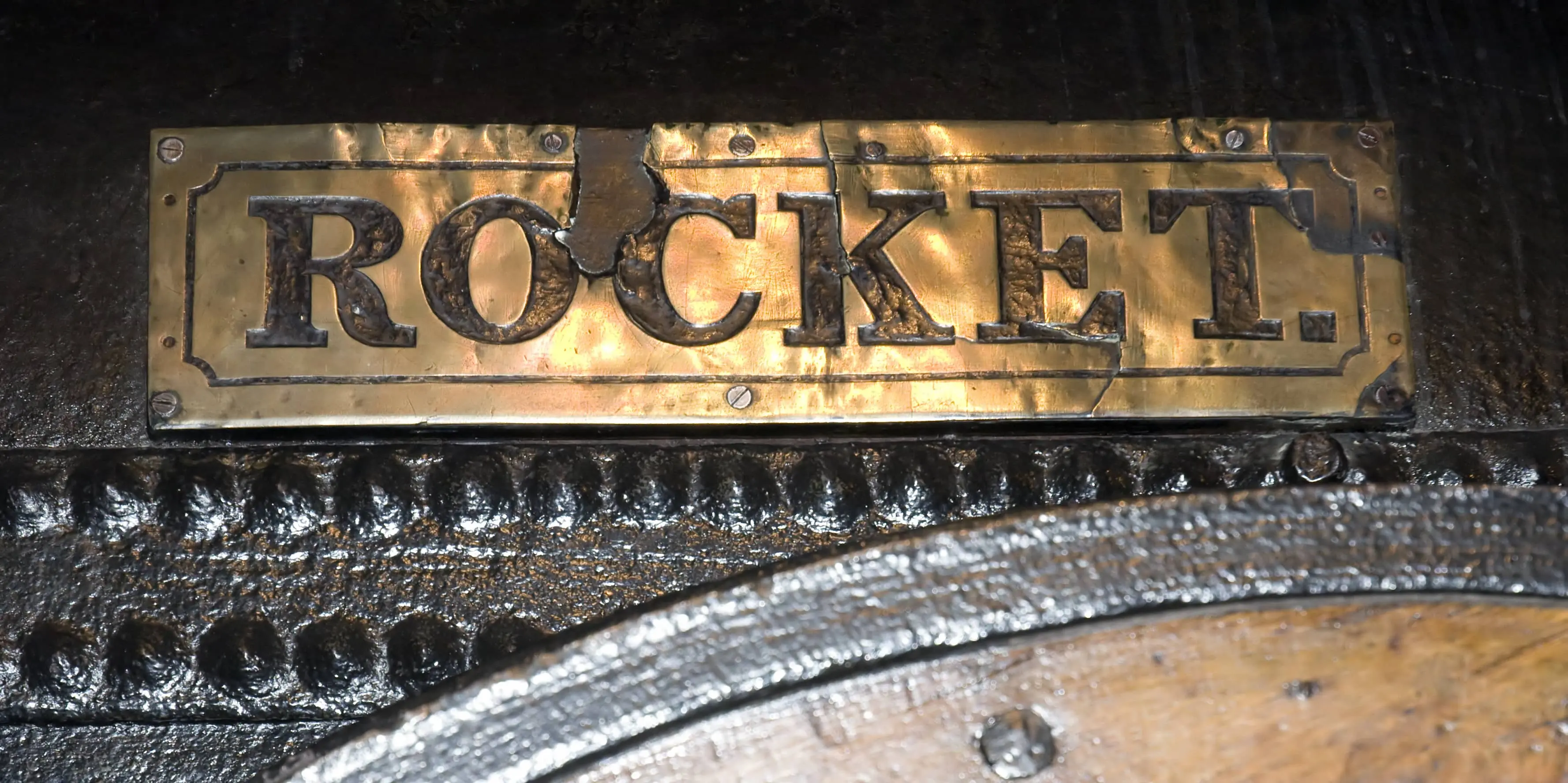In the 1800s the Stockton and Darlington Railway revolutionised transport in north-east England. Born from Quaker entrepreneurs and visionary engineers, this railway modernised transport, not only for goods but for passengers as well.

What is the Stockton Darlington Railway?
The Stockton Darlington Railway started in 1825 as a 26-mile line. It linked Stockton-on-Tees to Shildon, where coal wagons from Witton Park were transported via horse-drawn inclines. Over the following decades, the railway introduced connections at Barnard Castle, Cumbria, Weardale, and Redcar.
The railway made a huge difference to everyday life by carrying coal across north-east England. Coal was essential; it heated homes, offices, shops, and schools, powered mills and factories, and fueled stoves for cooking.
As coal could only be mined where it was found, Britain needed an efficient way to transport it. Horses and carts proved problematic because of poor road networks and the high price of moving coal to domestic markets. The Stockton and Darlington Railway was the answer.
Was the Stockton Darlington Railway the world’s first railway?
The Stockton and Darlington Railway was the first railway in Britain to use steam trains for passengers. However, the Middleton Railway in Leeds is the world’s oldest railway in operation today.
How the Stockton and Darlington Railway started
Business owners debated whether to use a canal, tramway, or railway to transport coal. In 1818, Quaker businessman Edward Pease led discussions and commissioned engineer George Overton to assess the options.
Overton recommended a horse-drawn railway, estimating costs at £113,600, worth over £10 million today. The Stockton and Darlington Railway Company was soon formed, raising funds through shares.
However, the project faced opposition from the Earl of Darlington, who wanted to protect his fox hunting grounds.
After failing to block the railway in Parliament, he attempted to bankrupt Backhouse’s Bank, one of its main financiers. He ordered tenants to hoard banknotes and cash them all in for gold on the same day, hoping to drain reserves.
Banker Jonathan Backhouse learned of the plan and rushed to replenish the bank’s gold supply. When his carriage broke down three miles from Darlington, he redistributed the gold to balance the weight and pressed on. He arrived just in time to secure the railway’s future.
In 1821, the Stockton and Darlington Railway Company revised its plans and secured an Act of Parliament. This was with another Edward Pease investing another £7,000 - worth over £750,000 today - to provide financial backing.
Around this time, engineer George Stephenson approached Edward with the idea to use steam locomotives instead of horses. While it would require a new Act to go ahead, it was the first step to Britain’s first passenger railway.

How was the Stockton and Darlington Railway built?
Engineers built the Stockton and Darlington Railway mostly using malleable iron rail for the track. The iron rails formed two-thirds of the railway. The engineers also used cast iron rails at junctions and the remaining third of the line. They added iron chairs to hold the rails in place.
The engineers installed square sleepers to support each individual track. The 64,000 sleepers on the west end of the line as far as Darlington were made from stone. Young boys received 8 pennies per day to drill two holes in the 24 blocks that the engineers would fix the chairs into.
On the other hand, the sleepers on the track to the east were made of oak. The engineers wanted to use stone access the whole track, but this wasn’t in the company’s budget.
Who built the Stockton and Darlington Railway?
Edward recruited George and his son Robert Stephenson to lead the build of the railway. Once hired, George then started the task of recruiting the workforce. The contractors, tunnel makers, and special blasters were chosen from the Northumberland Coalfield.
He played such a crucial role in the development of the railway that many refer to it as the ‘George Stephenson Railway.’
Alongside several unskilled labourers, many Tyneside keelmen also worked on the line. This was after their redundancy following the Keelmen’s Strike of 1822.
Timeline of the Stockton Darlington Railway
The Stockton Darlington Railway operated between 1825 and 1863.
Between 1822 and 1825 George surveyed a new route suitable for locomotives. Meanwhile, construction began in the locations that this shift in plan wouldn’t affect.
In 1823, the Stockton and Darlington Railway Company secured the Act of Parliament approving the use of locomotives. This Act also approved the transportation of passengers via rail.
The railway opened its first line between Stockton and Etherley on 27 September 1825, and 40,000 attended the opening ceremony. By 1830, the railway had several branch lines, at Darlington, Yarm, Croft, Haggerleases, and Middlesbrough.
Steam engines hauled coal on the Stockton and Darlington Railway from its opening in 1825. However, passenger services initially used horse-drawn carriages before switching to steam in 1833.
The first steam locomotive on the Stockton and Darlington Railway was called ‘Locomotion No 1’. It pulled a carriage called ‘Experiment’.
In 1863, North Eastern Railway purchased the Stockton and Darlington Railway. By this point, it comprised approximately 160 locomotives and 200 route miles.
,p>
The Stockton and Darlington Railway today
Despite the lack of safety, the Stockton and Darlington Railway led to the expansion of rail networks all over the globe. Edward was right when, in 1841, he wrote in his diary that the railway’s completion “may be said to have given birth to all others in this world.”
Does the Stockton to Darlington Railway still exist?
Around 20 miles of the Stockton to Darlington Railway still exists, now part of the Northern Rail line between Shildon and Stockton.
The railway still passes over one of the original features, the Skerne Bridge in Darlington. This is believed to be the world’s oldest purpose-built railway bridge, and it appeared on the £5 note in the 1990s.
2025 marks the 200th anniversary of the Stockton and Darlington Railway.

Travelling with Avanti
Today Avanti runs the UK’s West Coast Mainline service and is dedicated to making this as clean and green as possible. Its commitments include service punctuality and safe travel.
If you’d like to visit Stockton and Darlington, Avanti runs plenty of trains from various stations. Routes include Darlington to London Euston and Stockton to Manchester Piccadilly.

